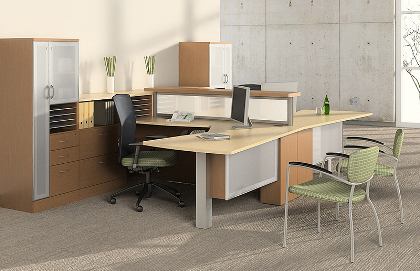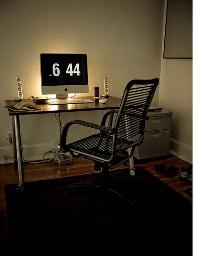How to Choose the Right Office Dividers for Your Workplace.
Office dividers are a necessary evil in today’s workplace – unnoticed and even uncomplimented when they’re working as promised, and utterly confining at their worst. Nobody calls office dividers their “favorite bit of office furniture”. And that won’t change anytime soon!
So when you’re looking for office dividers for your company, don’t imagine a process similar to picking out a rug or a lamp; nobody’s going to want partitions that set off their blue eyes, they’ll just want something that doesn’t get in the way!
Choosing the right office divider is still important, though – employee morale can still be affected by bad dividers, even if good dividers don’t seem to have any effect.
Know your dividers. The dividers used for cubicles are called half-height office dividers, smaller compared to the full-height office dividers that stretch from floor to ceiling. The difference between the two is crucial – half-height dividers offer a greater sense of openness, while full-height dividers have a feeling of permanence and solidity.
For a divider that falls half-way in between the two, you might want accordion wall dividers, which reach from floor to wall but are easily set aside when you want to remove a barrier between two office spaces.
Mobile partition walls are the lightest type of divider – they can be moved from area to area, and are light enough to be assembled or disassembled when needed.
Choose the right supplier. Once you’ve decided what kind of divider you want to use in your office, it’s time to look at the supplier who can get you what you want. Your facilities manager should be able to tell you what suppliers in the area can provide the kind of office dividers you’ve set your mind on. Google can also help turn up the right suppliers. (Or if you want good value and quality too, might we recommend you check out Cubicles.com’s line of cubicles?)
Choosing the right office dividers is easier than it looks. With the advice listed above, choosing and using can be a breeze, with your colleagues enjoying their office and you smiling at the thought of money well spent.




